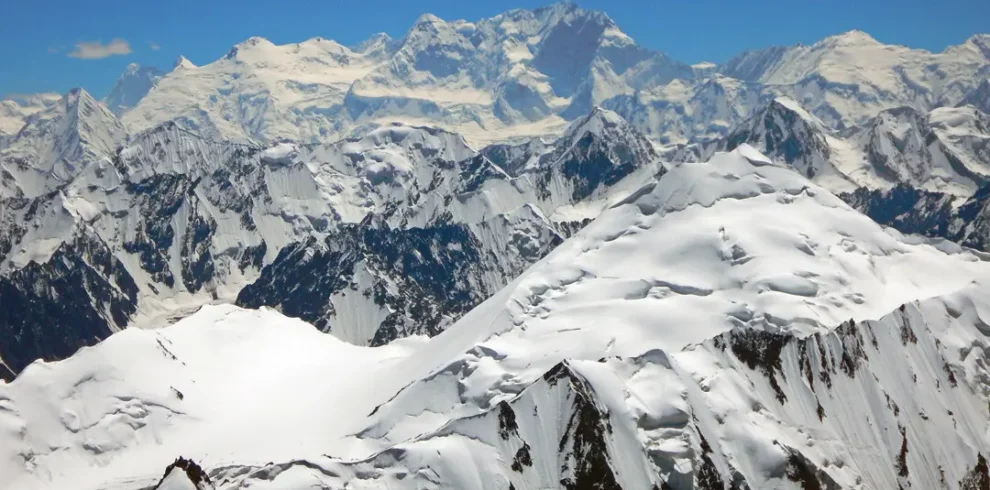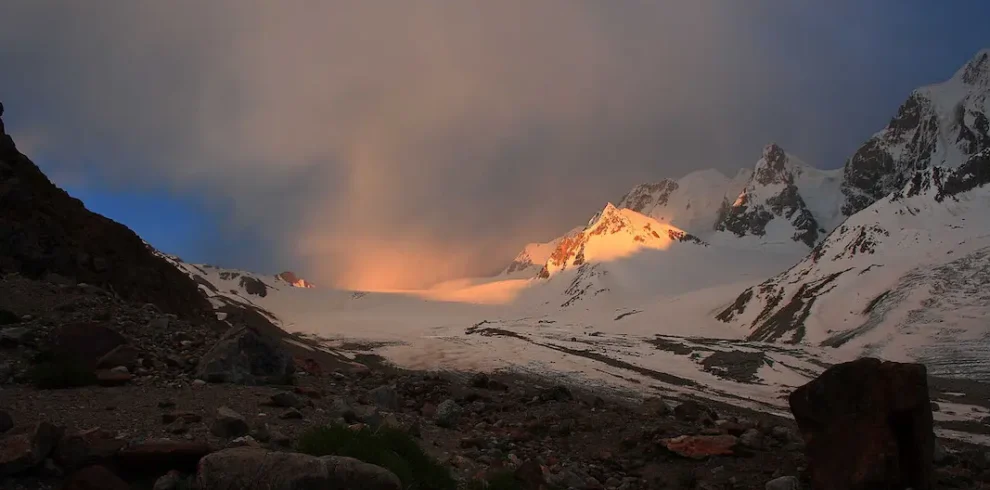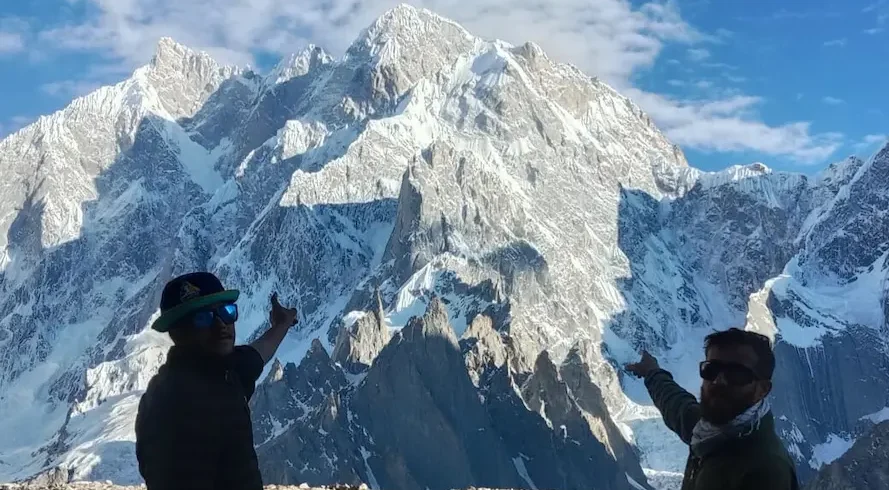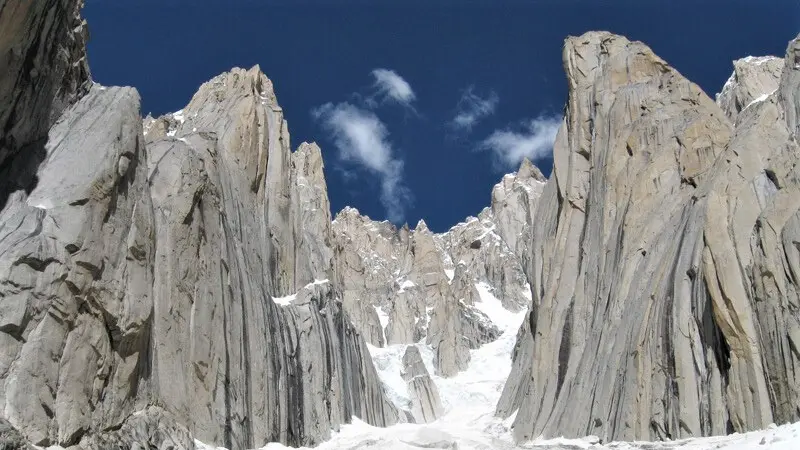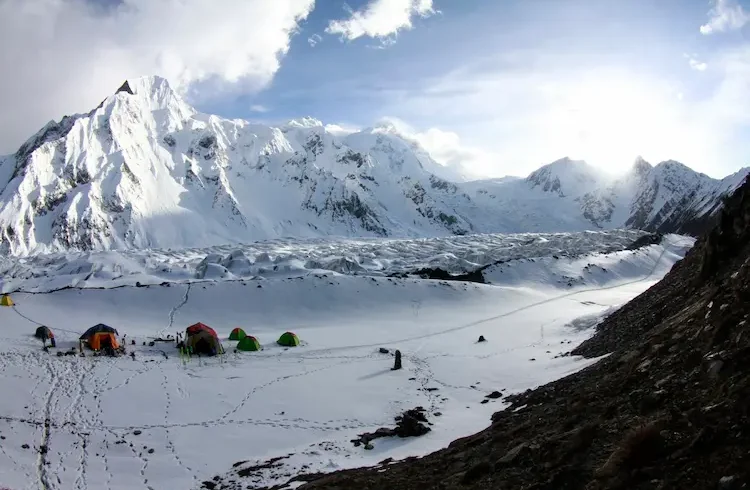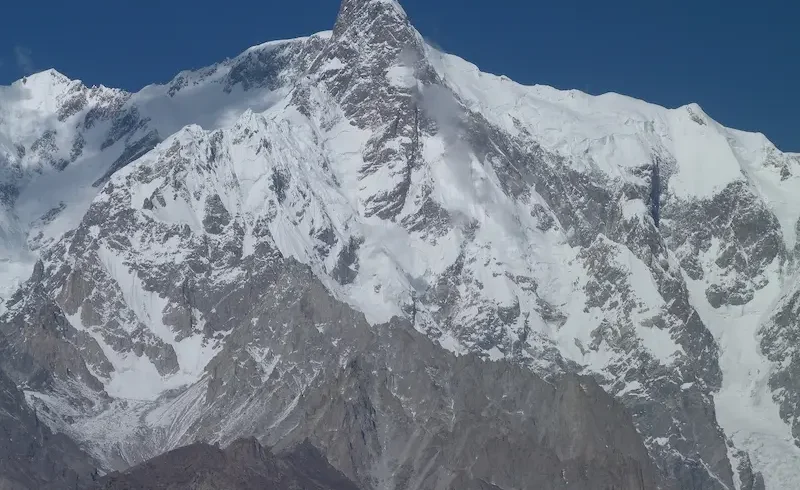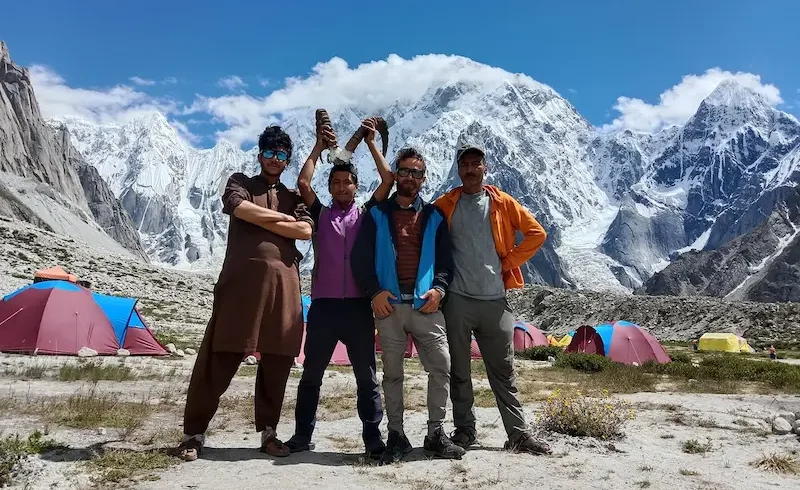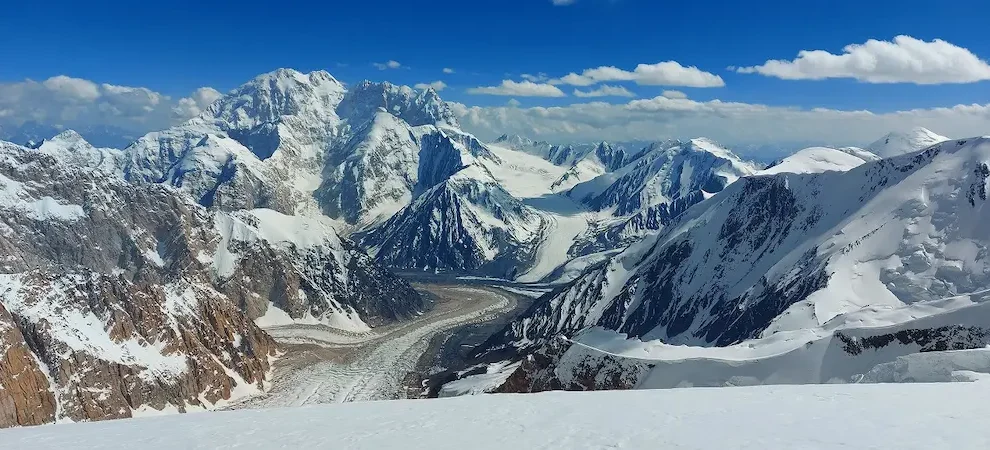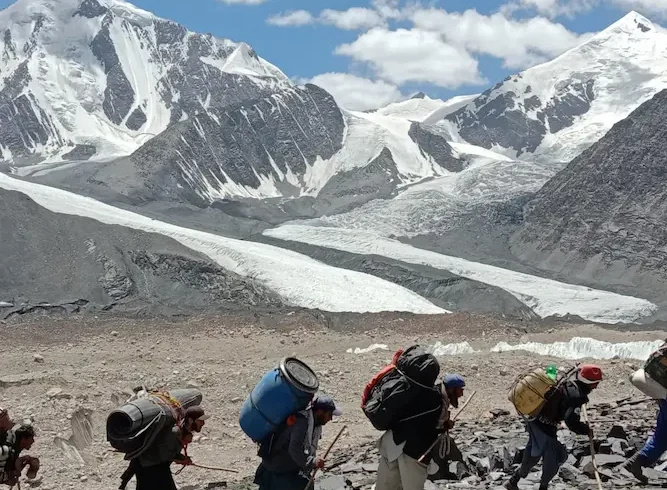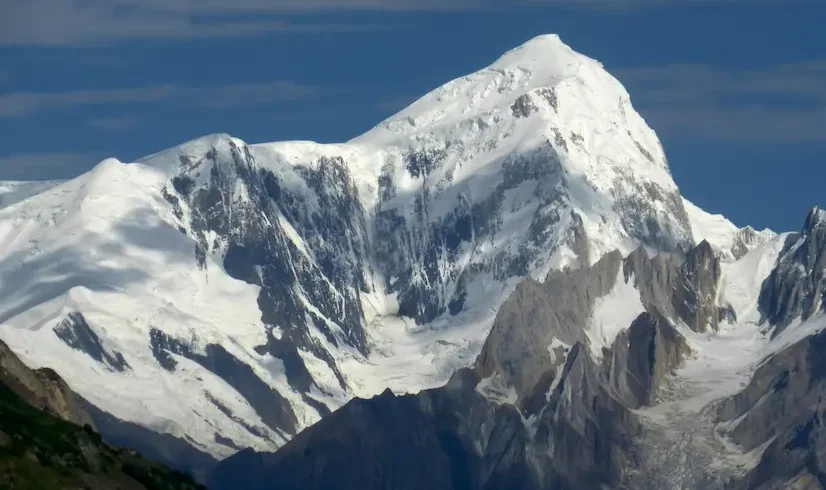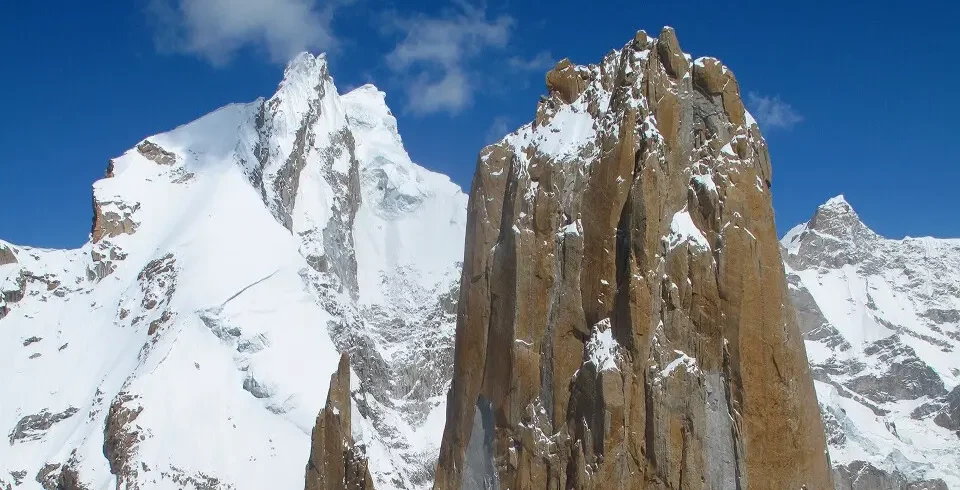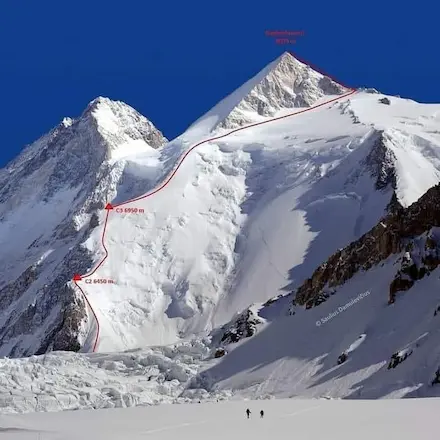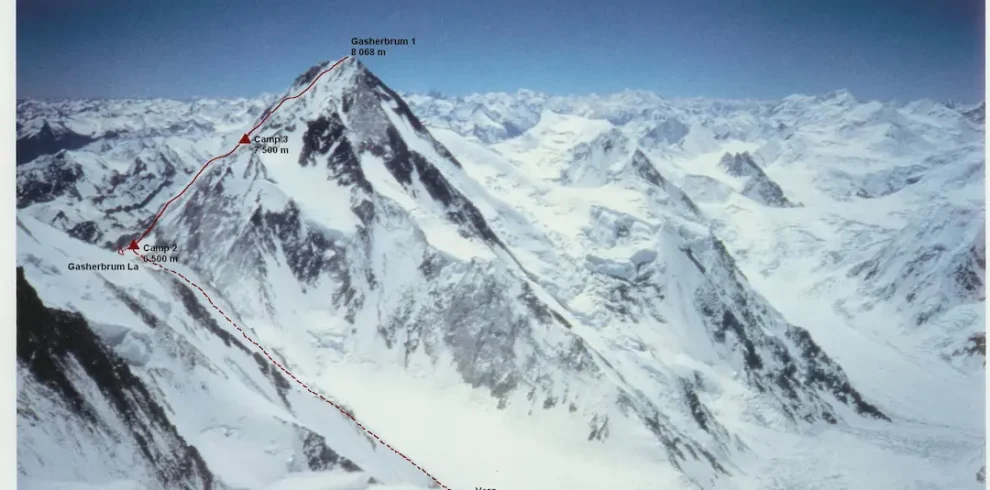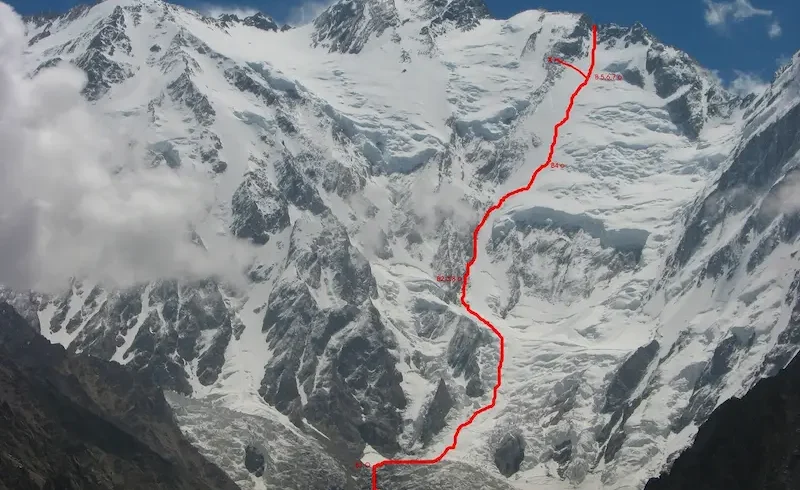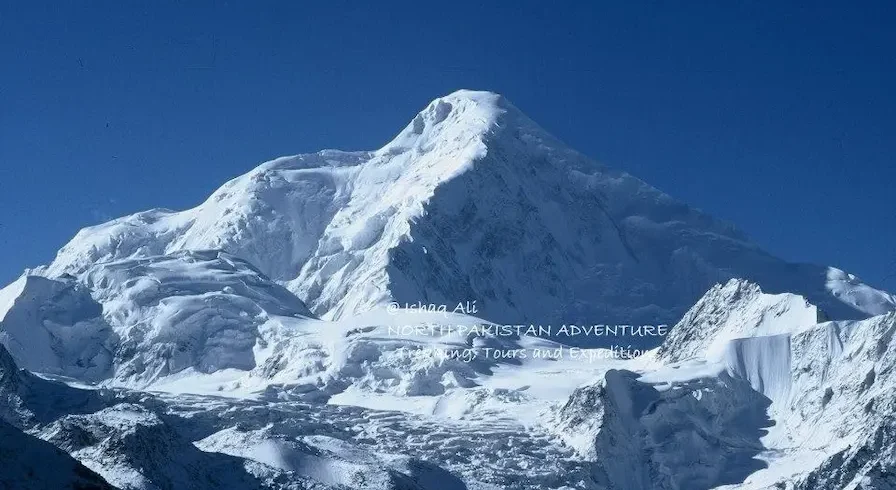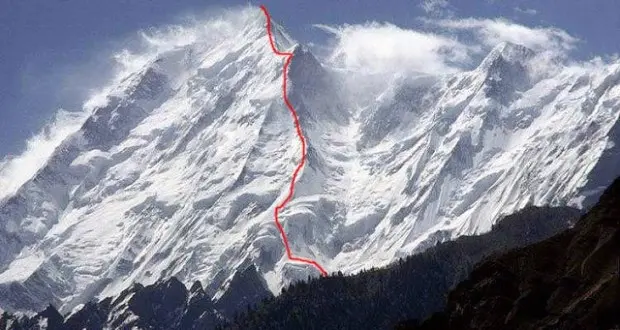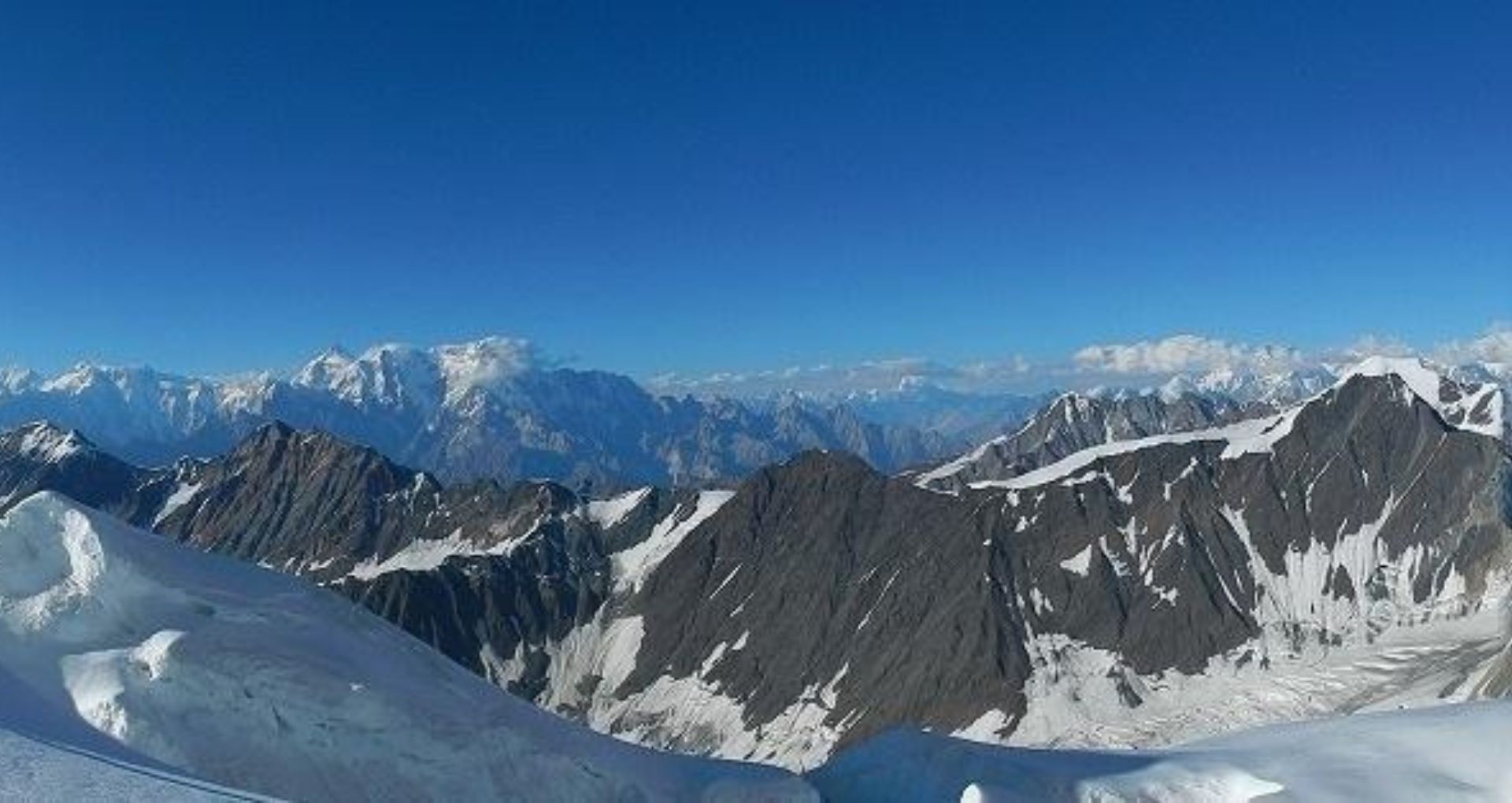
Mountain Climbing in Pakistan
Mountain Climbing in Pakistan: A Journey Through Raw Altitude and Untamed Majesty
Introduction to Mountain Climbing in Pakistan
Embarking on a mountain climbing journey in Pakistan is nothing short of stepping into nature’s grandest amphitheater. This land, where the Himalayas, Hindukush, and Karakoram ranges intertwine, offers an extraordinary landscape sculpted by tectonic power and time. The region’s colossal peaks, sheer rock faces, and weathered granite walls make it a paradise for serious climbers. Towering ridgelines and wild valleys hold stories of ancient glaciers and timeless adventure.
From the Biafo Glacier’s icy corridors to granite towers that scrape the sky, Pakistan’s mountain regions exude an unpolished grandeur. The silence of high altitudes echoes with possibility. Here, climbing is not just a sport — it’s a deep interaction with raw earth, vast solitude, and elemental power. For mountaineers, this is the very edge of adventure.
Why Pakistan is a World-Class Climbing Destination
Pakistan stands among the top global destinations for high-altitude ascents due to its untamed terrain and towering summits. Giants like K2 and Nanga Parbat offer a true challenge not only because of their size but also due to their steep, unforgiving terrain and unpredictable weather. From the shimmering glaciers of Baltoro to technical spires like Trango Tower, the variety is vast and unparalleled.
Baltistan and Gilgit, located in the country’s northern expanse, serve as gateways to dozens of iconic climbing routes. Whether you’re drawn to snow-capped summits or vertical rock faces, Pakistan delivers. The blend of challenging terrain and accessible base camps makes it appealing to both expert climbers and those still building experience.
The Best Time for Mountain Climbing in Pakistan
The prime window for mountaineering in Pakistan spans from June through September, when weather patterns are generally predictable and skies stay clear. The summer months bring moderate temperatures to high altitudes and a reduction in snow avalanches, making them ideal for safe climbing.
However, adventurers must still consider localized weather phenomena. Monsoon rains can sweep through the lower valleys, so climbers often monitor forecasts closely. Autumn, especially early October, can also offer excellent conditions, with crisp air and fewer crowds, though temperatures start to dip. Winter climbs are rare due to extreme cold, blizzards, and inaccessible routes.
Essential Gear for Climbing in Pakistan
Preparing for a mountain expedition in Pakistan requires technical, durable gear suited for harsh alpine conditions. Insulated layers help manage frigid temperatures, while waterproof outerwear guards against snow and sleet.Given the varied nature of Pakistani terrain — where ice, snow, and granite often mix — climbers also carry specialized protection tools, lightweight helmets, sturdy boots, and alpine gloves. Due to the isolation of many climbing areas, having a satellite phone or GPS tracker is critical for safety and navigation.
Permits and Regulations for Climbers in Pakistan
Before tackling any major peak, climbers must secure permits issued by Pakistan’s tourism department or local alpine clubs. These permits help ensure safety and environmental preservation across the country’s sensitive mountain zones. Peaks above 6,500 meters typically require detailed applications, while many lower-altitude climbs are allowed without permits.
Strict adherence to local guidelines is essential. These rules are not just bureaucratic — they help protect fragile ecosystems and ensure Pakistan’s mountains remain open and sustainable for future explorers.
Guided Expeditions vs. Independent Climbing in Pakistan
Choosing between a self-organized climb and a guided expedition depends on your level of experience and the type of route you plan to take. Guided climbs come with significant advantages: logistical support, knowledge of terrain, emergency readiness, and cultural insight from local experts.
Independent climbers, on the other hand, may prefer the flexibility of setting their own pace and route. However, navigating the remote and technical routes of Pakistan requires advanced skills and prior experience in alpine environments.
Table: Key Peaks and Their Features
| Peak Name | Height (meters) | Difficulty Level | Famous Routes | Region |
|---|---|---|---|---|
| K2 | 8,611 | Extreme | Abruzzi Spur | Baltoro Glacier |
| Nanga Parbat | 8,126 | Very Hard | Rupal Face | Gilgit-Baltistan |
| Broad Peak | 8,047 | Hard | West Ridge | Karakoram |
| Trango Towers | ~6,200 | Technical Rock | Nameless & Uli Biaho | Baltistan |
| Shipton Spire | ~5,500 | Technical Rock | Various Routes | Karakoram |
From technical ascents to 8,000-meter giants, Pakistan’s climbing landscape offers a vast range of possibilities. Whether you seek personalized climbing tours or dream of conquering vertical granite walls, the mountains here promise life-changing moments and raw, untamed beauty.
FAQ Section
1. What is the easiest mountain in Pakistan?
The easiest high-altitude climb is Minglik Sar, situated in Shimshal Valley, Gilgit-Baltistan. At 6,050 meters, it features a straightforward ascent without major ice walls, making it ideal for beginners or climbers preparing for higher summits.
2. Which mountain is called the Killer Mountain?
Nanga Parbat, the world’s ninth-highest peak at 8,126 meters, earned the nickname “Killer Mountain” due to its deadly history. Its steep flanks and avalanche-prone faces — especially the Rupal Face — have claimed many lives over the decades.
- What is the easiest 7,000-meter peak in Pakistan?
Standic Peak, also known as Golden Peak, is the easiest 7,000-meter F. Located in the Town Valley, it provides a relatively gentle ice tract and low purpose risk, suitable for intermediate allegations that they are targeting their first high-cost summit.

